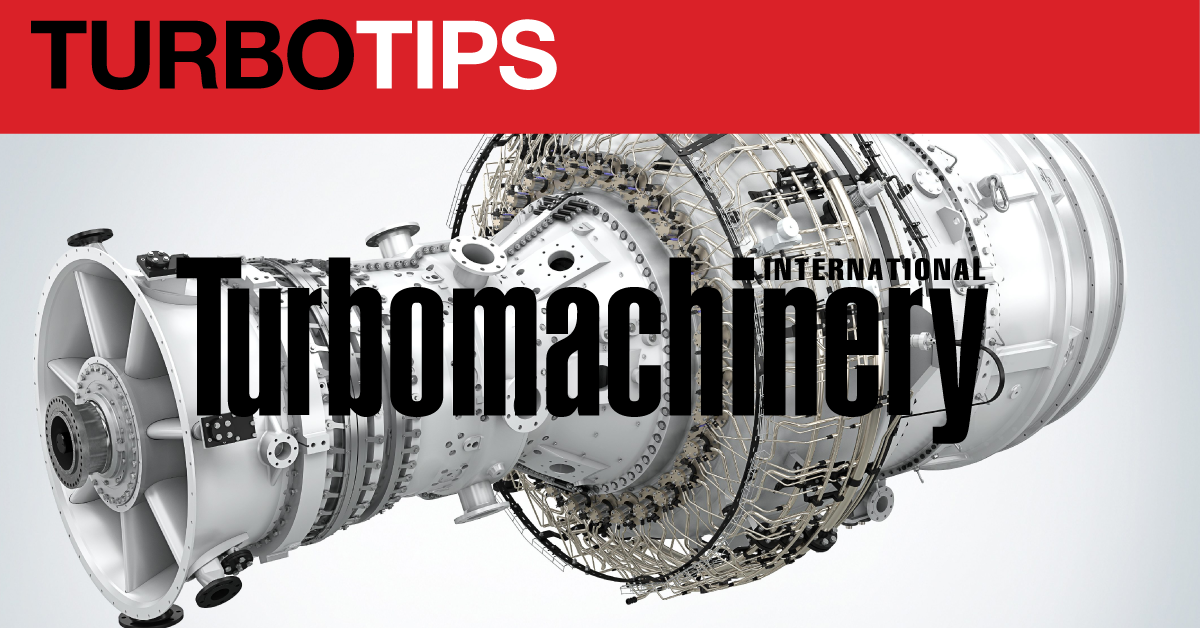Avoiding Leakage & Breakage
Leakage sources include seals, thin shells, and bolt connections

Historically, the three most frequently reported points for leakage have been: seals; locally damaged or buckled thin shells such as thin-wall casings/piping, large shells, and thin-wall sections; and bolt connections such as flange connections and bolted sections. Many turbomachinery casings, bodies, compo nents, impellers, blades, and rotating parts are thin-wall shells or folded thin plates. Examples are casings, tubular/ cylindrical shell bodies, piping spools, and more. The shells are more complicated than flat plates because their bending cannot, in general, be separated from their stretching. Due to the curvature of the surface, a shell acquires a spatial stiffness that theoretically gives to it a larger load-carrying capacity. Therefore, thin shells have been widely used in many applications. But they are vulnerable to local buckling and damage. Failures in thin-wall shell-like parts and casings have been frequently reported.
Many turbomachinery casings, bodies, components, impellers, blades, and rotating parts are thin-wall shells or folded thin plates. Examples are casings, tubular/cylindrical shell bodies, piping spools, and more. The shells are more complicated than flat plates because their bending cannot, in general, be separated from their stretching. Due to the curvature of the surface, a shell acquires a spatial stiffness that theoretically gives to it a larger load-carrying capacity. Therefore, thin shells have been widely used in many applications. But they are vulnerable to local buckling and damage. Failures in thin-wall shell-like parts and casings have been frequently reported.
The reason that many shells fail at a much smaller load than the classical critical load is due to the combined effect of imperfections, defects, and nonlinearities. In practice, there are random imperfections and defects which affect shells and shell-like bodies. Even in careful experiments, the measured failure loads and collapse modes exhibit tremendous scatter due to random imperfections and defects.
Nonlinearities and imperfections/defects sensitivities manifest in a variety of buckling shapes and different forms of failures. Buckling may show rapid transitions from one shape to another. The buckling of a shell can lead to the leakage, fracture, or even total collapse.
Failures in thin-wall shell-like parts and casings have been frequently reported.
Too often, high imperfection sensitivity and high nonlinearity of mechanical behaviour of shells are the consequence of interactions. There might be many different buckling modes associated with the same or nearly the same buckling load.
Shells are sensitive to transverse forces, especially if they are simultaneously subjected to an axial compressive load. The weakening effect of component imperfections and defects is most pronounced in the range of intermediate slenderness. In those slenderness ratios, critical buckling stress and yield stress are roughly equal. The decrease in strength is most marked for shells and plates of intermediate slenderness subjected to compressive stressing. Unfortunately, these ranges are used in many applications. A pragmatic solution is:
- Verification for shell-like bodies and parts that considers all possible buckling/failures with all realistic details/imperfections/defects.
- Alternatively, use sufficient safety factors to cover all buckling/failures to prevent leakage and breakage.
CONSERVATIVE APPROACH
It is desirable to make allowances for abuse which may result from unexpected conditions, operator errors, or the effects of wear and tear on key components, subsystems, members, and connections. Care should be taken for vulnerable points such as thin shells. Stress conditions, manufacturing details, and cracking at or near high stress points in shells are important.
The flexibility offered by bolt connections in the fabrication, installation, operation and maintenance is another factor to consider. Any bolt connection is an expensive joint compared to welding. For bolting connections, many different risks should be mitigated and many requirements should be met. There are always risks of leakage.
Connections (whether welding connections or bolting connections) are important for turbomachines and associated piping. The type and details of connections between major assemblies, subassemblies, and piping spools should be studied with care.
Particular attention is needed for shell-like equipment and thin-wall bodies (large-diameter thin-wall casing, and piping) as they can easily be affected by local yielding and local buckling and subsequently failures.

Amin Almasi is a Chartered Professional Engineer in Australia and U.K. (M.Sc. and B.Sc. in mechanical engineering). He is a senior consultant specializing in rotating equipment, condition monitoring and reliability.
